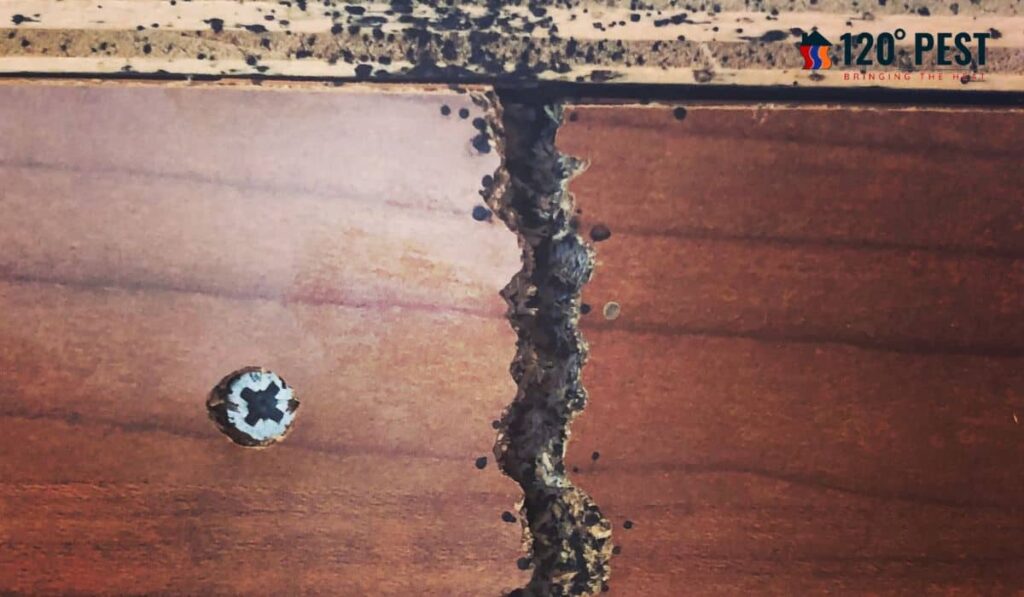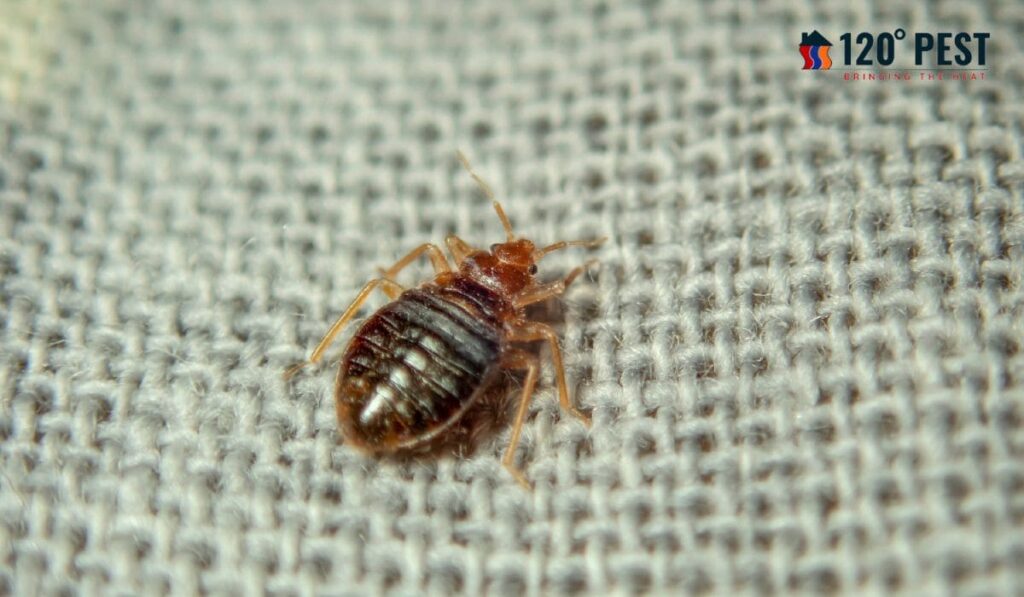If you’ve ever had the unfortunate experience of dealing with bed bugs, you know how frustrating and distressing it can be.
These tiny, blood-sucking insects can turn your peaceful nights into a nightmare of itchy bites and sleepless nights.
However, the good news is that various types of bed bug treatments are available to help you reclaim your peace and comfort.
In this comprehensive guide, we’ll explore these treatments in detail so you can effectively combat these unwelcome intruders.
Identifying a Bed Bug Infestation
The first step in addressing a bed bug problem is recognizing the signs of an infestation.
These include minor reddish-brown bugs, tiny white eggs, and itchy red welts on your skin.
Identifying these signs early can help prevent a full-blown infestation.
Prevention is Key
Preventing a bed bug infestation is often easier than treating one.
You can take measures such as regularly cleaning your bedding, inspecting hotel rooms before staying, and avoiding used furniture to reduce the risk of bringing bed bugs into your home.
Non-Chemical Bed Bug Treatments
Non-chemical treatments include:
- Vacuuming.
- Laundering bedding in hot water.
- Use a bed bug encasement cover for your mattress.
These approaches can be practical for mild infestations or as preventive measures.

Chemical Bed Bug Treatments
Chemical treatments involve the use of pesticides specifically designed to kill bed bugs.
Following instructions carefully and considering seeking professional help when using chemicals is crucial.
Hiring a Pest Control Professional
In severe infestations, it’s advisable to hire a pest control professional.
They have the expertise and equipment to eradicate bed bugs effectively.
Heat Treatment for Bed Bugs
Heat treatment is a non-chemical approach that involves raising the temperature in the infested area to a level that bed bugs cannot survive.
It’s an eco-friendly option that targets bed bugs at all stages of their life cycle.
Bed Bug Mattress Covers
Mattress encasements are designed to trap bed bugs inside and prevent them from reaching you.
They are an essential part of bed bug prevention and treatment.
Bed Bug Steamers
Steamers produce high-temperature steam, which can kill bed bugs on contact.
They are handy for treating cracks, crevices, and upholstery.
Bed Bug Traps
Bed bug traps can be placed under furniture legs or along baseboards to capture bed bugs.
While they won’t eliminate an infestation, they can help monitor its progress.
Natural Remedies for Bed Bugs
Some natural remedies like diatomaceous earth, essential oils, and baking soda are believed to repel or kill bed bugs. However, their effectiveness may vary.
DIY Bed Bug Treatments
For those who prefer a hands-on approach, several DIY bed bug treatments are available.
These methods can be cost-effective but not as thorough as professional treatments.
Bed Bug Treatment for Different Surfaces
Bed bugs can hide on surfaces, including carpets, furniture, and walls.
Understanding how to treat different surfaces is crucial for effective extermination.
How to Avoid Bed Bug Infestations
Preventing bed bug infestations is essential after treatment.
This section will provide practical tips to keep your home bed bug-free.
Conclusion
Dealing with bed bugs can be challenging, but it’s not insurmountable.
By identifying the infestation early and choosing the proper treatment method, you can eliminate these pests and regain peace of mind.
FAQs
Can I get rid of bed bugs on my own?

While it’s possible to address a minor infestation with DIY methods, severe infestations often require professional help.
Are chemical treatments safe for pets and children?
Most chemical treatments are safe when used as directed, but following instructions carefully and keeping pets and children away from treated areas until they are safe is essential.
How long does it take to get rid of bed bugs?
The time it takes to eliminate bed bugs depends on the severity of the infestation and the chosen treatment method. It can range from a few weeks to several months.
Can I prevent bed bugs when traveling?
Yes, you can take precautions such as inspecting hotel rooms and luggage before returning home to reduce the risk of bringing bed bugs.
Do bed bugs transmit diseases?
While bed bugs are a nuisance, they are not known to transmit diseases to humans.
Can bed bugs develop resistance to treatment methods?
Yes, bed bugs can develop resistance to certain pesticides over time. It’s essential to rotate or combine different treatment approaches to prevent resistance.
Are there any natural scents that repel bed bugs?
Some scents like lavender, tea tree oil, and peppermint are believed to deter bed bugs. However, their effectiveness for long-term control could be improved.
What should I do with infested belongings like furniture and clothing?
Infested furniture may need to be discarded or treated professionally. Clothing and bedding can be laundered in hot water and dried on high heat to kill bed bugs.
Are there any long-term preventive measures I can take?
Regularly inspect your home for signs of bed bugs, use mattress encasements, and consider periodic professional inspections to catch infestations early.
Can I travel if I have a bed bug infestation at home?
It’s generally safe to travel if you take precautions to prevent bringing bed bugs with you. Be vigilant in inspecting luggage and hotel rooms to avoid infestations.




